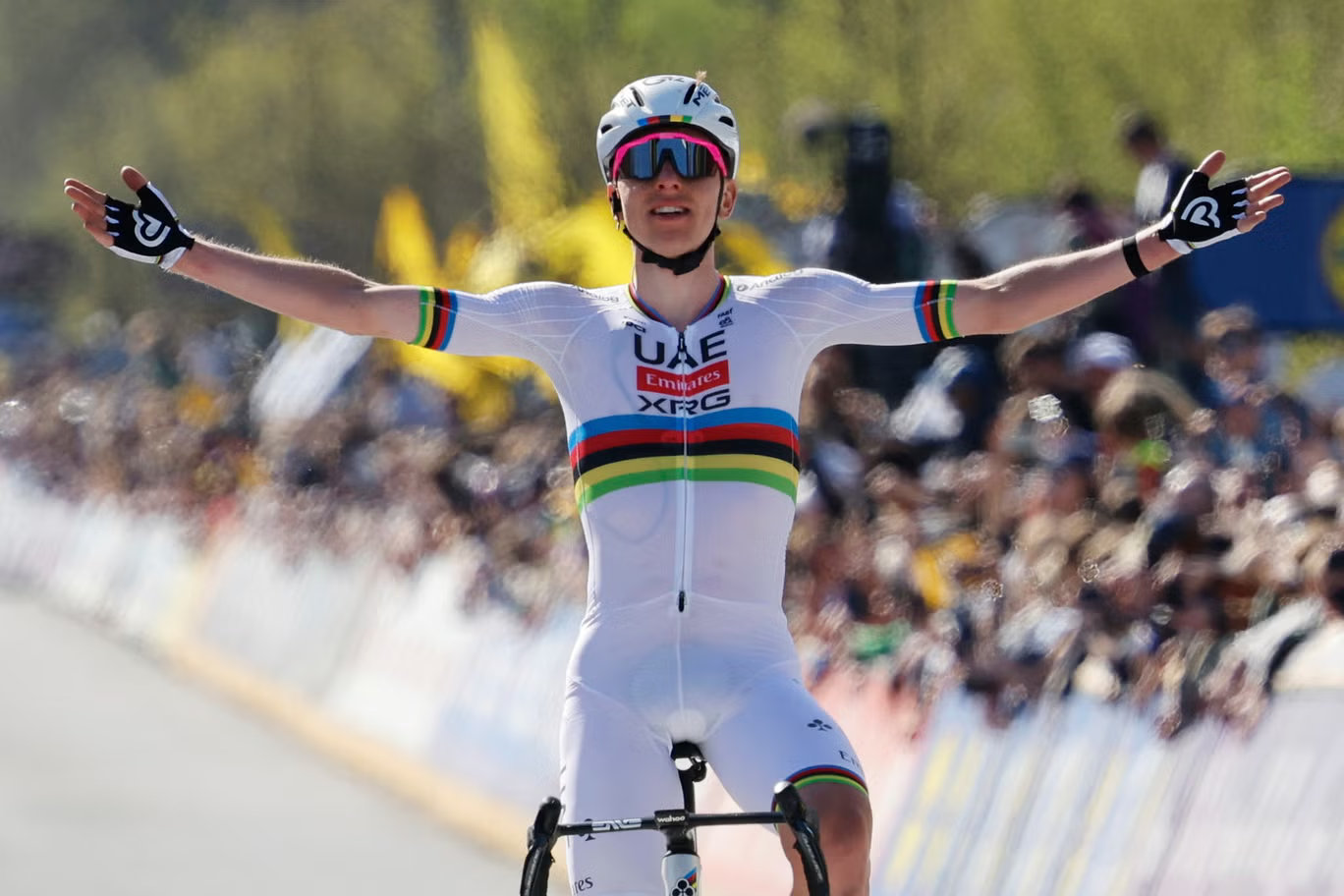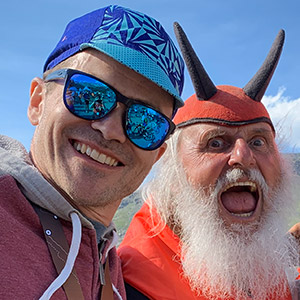Feb 2, 2025
Why can’t I ride as fast as a pro?

At first this seems like a silly question with an obvious answer: pro cyclists are physiologically gifted individuals paid to train for hours every day. But dig a little deeper and you discover the reasons why pros can ride faster for longer, which can help you understand how best to prepare for your event given the limited amount of time you have to train.
Firstly let’s look at some basics of how muscles work with some simpler questions:
Why can’t I squat 1000kg?
Each of your muscle fibres can produce a certain force when they contract. You simply don’t have enough muscle fibres to produce the force required to lift that weight.
Why can’t I squat 50kg 1000 times?
This gets us closer to cycling as the answer is down to fatigue. You can likely lift the weight at first, but your muscles are burning through their energy sources faster than they can be replenished. The force that each muscle fibre can produce begins to decrease as the amount of fuel available decreases. Eventually, your muscles can’t produce the force required to lift the weight and you have to stop.
So what actually is fatigue?
Just to be clear, we’re talking about muscular fatigue from a single activity here, not the fatigue that comes with illness or that builds up over days and weeks of hard training.
Fatigue can be defined as the inability to maintain a given intensity or power output resulting in a decrease in performance capacity. With enough fuel and the nerve impulses to stimulate them, muscle fibres will just keep on contracting. Generally speaking, muscle fatigue occurs when there is either a depletion of energy stores, or a build up of waste products such as lactic acid.
How we experience fatigue depends on the intensity of the activity. Our muscle’s source of energy is a chemical compound called adenosine triphosphate (ATP). Here’s a brief run down of the systems we use to get hold of ATP:
- For very short, high intensity efforts like sprinting (<10 secs), our muscle cells have small stores of ATP ready to go, and a system that uses phosphocreatine to quickly replenish the ATP.
- For slightly longer high intensity efforts (<2 mins), our muscles turn to glycogen using a system called anaerobic glycolysis in which ATP is replenished by breaking down glycogen without using oxygen. A large amount of glycogen can be processed rapidly using this system, but the downside is that lactic acid builds up in the muscles limiting how long this system can be used.
- For longer, less intense efforts our muscles turn to the much more efficient aerobic system in which glycogen and fat are metabolised to replenish ATP. We only have around 1600kcal of glycogen stored in our bodies, whereas we have effectively limitless amounts of fat. The ratio of fat to glycogen metabolised during exercise depends on the intensity. The higher the intensity, the higher proportion of glycogen burned.
The thresholds at which these different energy systems kick in are a good indication of someone’s fitness, and are often measured in a VO2 max test.
Aerobic metabolism is the foundation of cycling training, it’s what allows us to ride for hours at a time. This is as true for a pro cyclist as it is a beginner. The difference is the amount of power each person can produce, and this brings us to the answer to the question “Why can’t I ride as fast as a pro?”
So how does this relate to cycling like a pro?
Through years of training, a pro cyclist can maintain a higher power output while using more efficient metabolic systems. A pro might be able to hold 250 watts for a few hours while burning a high proportion of fat, conserving their valuable stores of glycogen for some hard attacks at the end of a race.
A keen cyclist on the other hand, riding at the same pace would be burning a much higher proportion of glycogen (and probably going anaerobic on occasion too), and would likely start to fatigue as their muscles deplete their energy stores. At this point their pace would drop and the pro would pull away into the distance.
So surely if I just consume more energy drink and cram more gels down my throat, I could keep up. Unfortunately not. Our bodies are limited by the rate at which we can metabolise carbohydrate into glycogen. So for longer endurance events it’s all about finding the perfect pace at which you’re burning glycogen at the same rate you can metabolise it.
After a period of consistent training you’ll be able to produce the same power output for a longer period of time than when you started training. This is because of adaptations made in our bodies that delay the onset of fatigue including becoming better at burning a higher proportion of fat.
So to sum up, the reason you can’t ride as fast as a top pro cyclist is fatigue. You will experience the onset of muscle fatigue earlier, but with consistent training you can increase the threshold at which fatigue kicks in.

